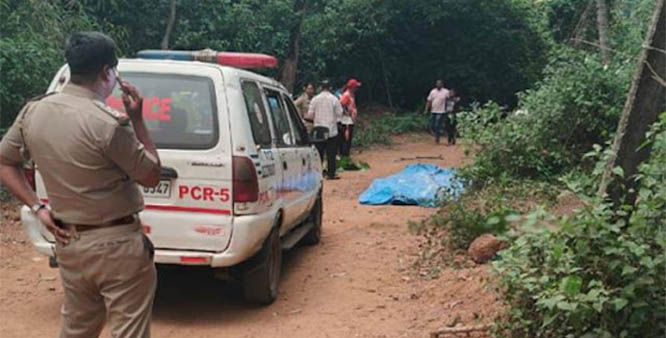
The United Nations Children’s Fund (UNICEF) says Israel directly bombed more than 50 percent of the schools housing displaced Palestinians in Gaza since the beginning of the regime’s 10-month genocidal war against the besieged territory.
In a statement issued on Saturday UNICEF said Israel’s attacks on schools used as shelters in Gaza resulted in severe consequences for children and families.
The UN body raised urgent concerns over the safety of schools and shelters in Gaza.
UNICEF condemned the recent Israeli “horrifying” attack on a school sheltering displaced people in the east of the Gaza Strip, which killed more than 100 civilians, noting that the strike targeted a place where children and families believed they were safe.
“Horrific reports of another attack this morning on a school in Gaza sheltering displaced people, with children reportedly killed and injured in a place they thought was safe,” it said in a statement on X.
The organization stressed the importance of protecting schools and shelters, adding: “Schools and shelters must not be attacked. Children need to be safe.”
The Gaza government media office said more than 100 citizens were killed and dozens injured on Saturday morning after the Israeli occupation forces bombed the al-Tabi’in school in the al-Daraj neighborhood in Gaza City.
Backed by the US and its Western allies, the Israeli regime launched an all-out invasion of Gaza after it was caught off-guard by the Hamas-led Operation Al-Aqsa Storm into the occupied territories in October last year.
So far during the military onslaught, the regime has killed at least 39,897 Gazans. Another 92,152 Palestinians have sustained injuries as well.







Comments
Add new comment